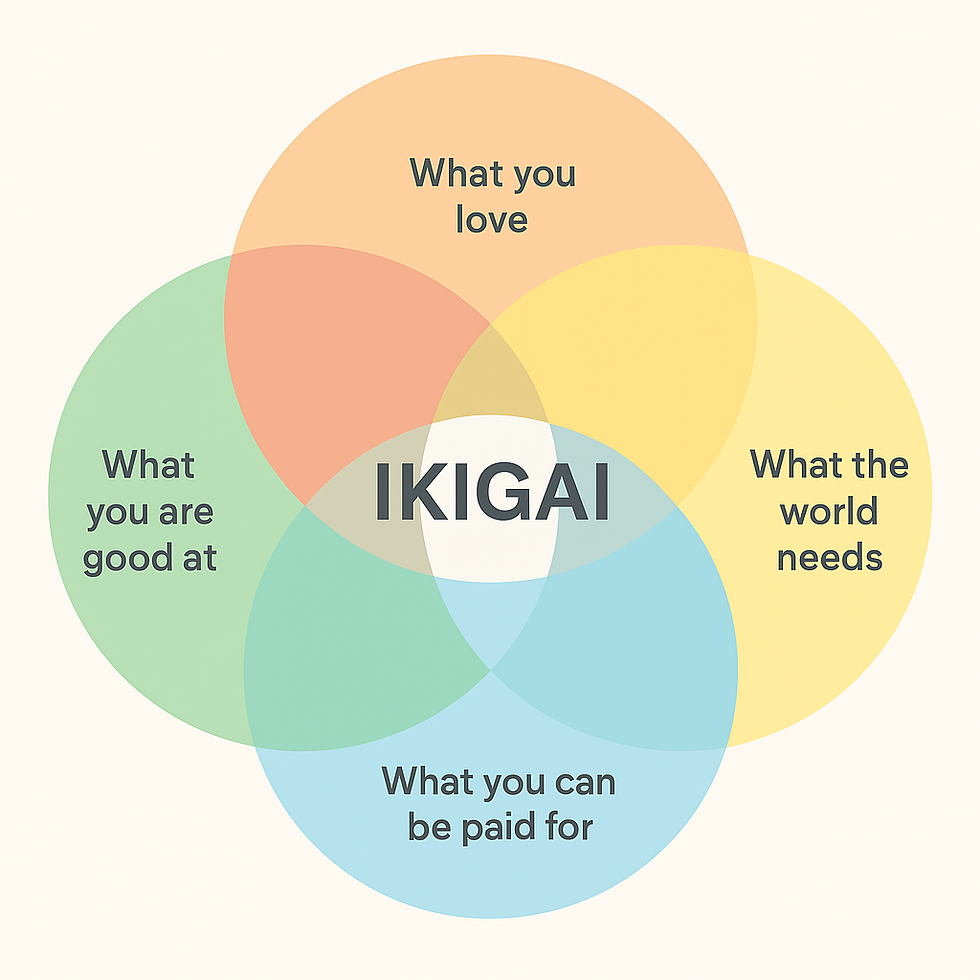Vikram-32: India’s Indigenous Leap in Microprocessor Technology
- Mohan Krishna
- Sep 11
- 2 min read
India’s journey in space exploration has always been marked by innovation and self-reliance. A shining example of this is the development of Vikram-32, the successor to the VIKRAM160, a 16-bit microprocessor that has been powering ISRO’s launch vehicles since 2009.

The “Make-in-India” initiative gave a major boost to this indigenous technology. A new version, the VIKRAM1601 processor, was inducted in 2016, after the establishment of the 180nm semiconductor fabrication unit at the Semiconductor Laboratory (SCL). This marked a turning point in India’s semiconductor and microprocessor ecosystem, reducing dependency on imports and strengthening national capability.
Advanced Architecture and Capabilities
The latest versions VIKRAM3201 and VIKRAM1601 – are designed with a custom Instruction Set Architecture (ISA). They are equipped with:
Floating-point computation capability, ensuring precision in scientific and engineering applications.
High-level language support for the Ada programming language, which is widely used in mission-critical systems.
To complement this hardware, ISRO has gone a step further by developing the entire software ecosystem in-house. This includes:
Ada compiler
Assembler & linker
Simulator
Integrated Development Environment (IDE)
Such end-to-end development demonstrates India’s growing expertise in both hardware and software for space technologies.
Discover Vikram-32, ISRO’s indigenous microprocessor powering India’s space missions. Learn about its architecture, Make-in-India journey, and relevance for UPSC Science & Technology preparation with Indus IAS Academy.
Why This Matters for UPSC Aspirants
For aspirants preparing for the UPSC Civil Services Examination, particularly in the Science & Technology section of the General Studies Paper, this development is significant. It highlights:
India’s progress in indigenous technology development.
The impact of Make-in-India in strategic sectors.
The role of microprocessors in space technology and national security.
Understanding such advancements not only helps in Prelims but also adds depth to answers in Mains, especially in topics related to self-reliance, innovation, and Atmanirbhar Bharat.
At Indus IAS Academy, we ensure that aspirants stay updated with such key developments in science and technology, enabling them to connect current affairs with the UPSC syllabus effectively.
By Mohan Krishna M N, Indus IAS Academy
#IndusIASAcademy #UPSC #IASPreparation #ScienceAndTechnology #ISRO #Vikram32 #MakeInIndia #UPSCMains #UPSCPrelims #CurrentAffairs #CivilServicesExam #AtmanirbharBharat







Comments